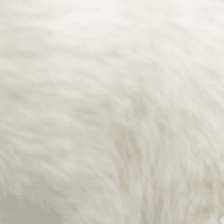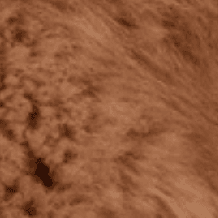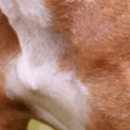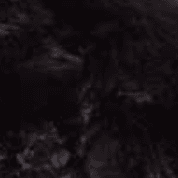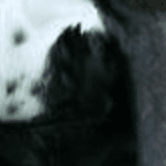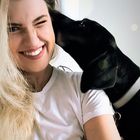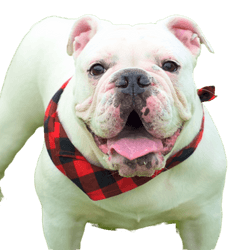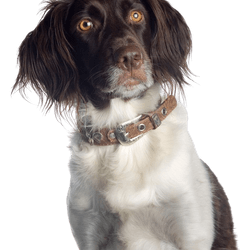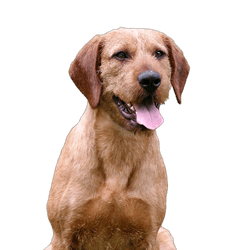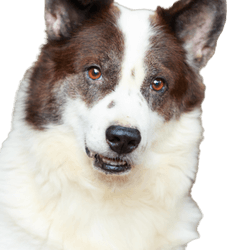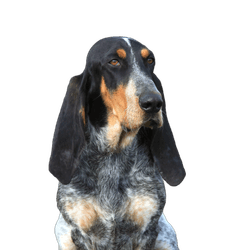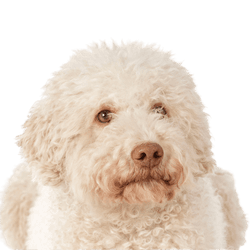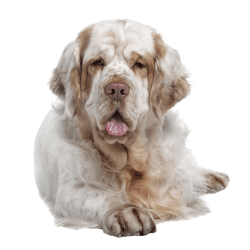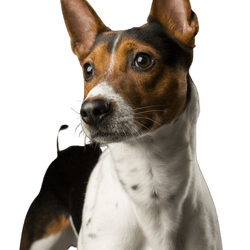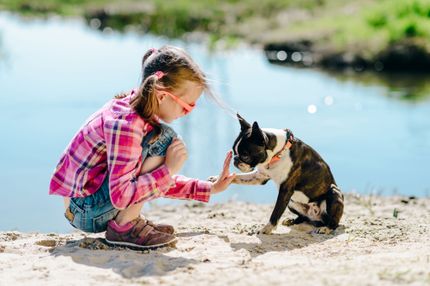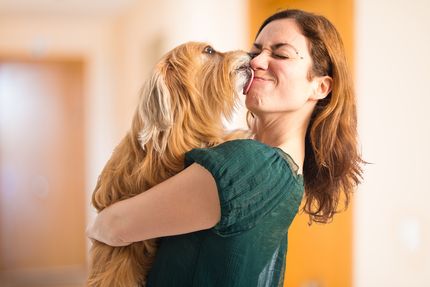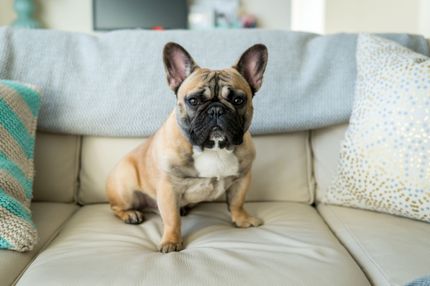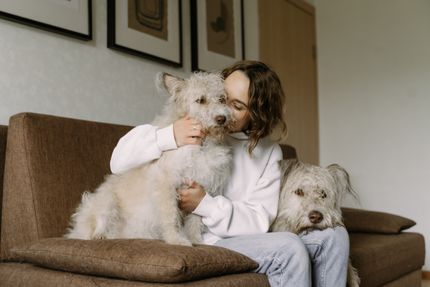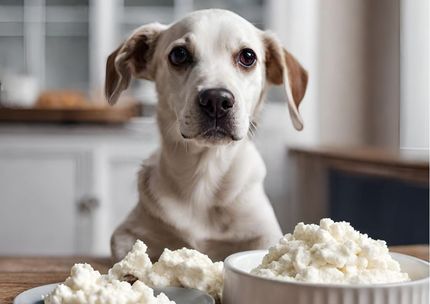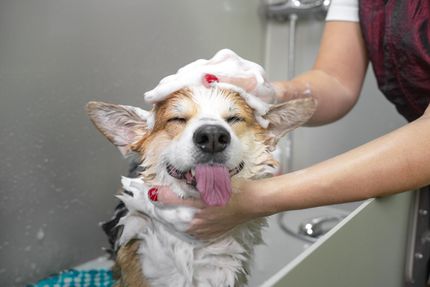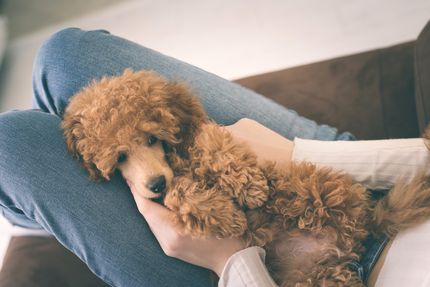Facts & Origin
The Finnish Lapponion Dog
The Suomenlapinkoira comes from the far north. It is better known under the name Finnish Lapponion Dog. In our latitudes this sturdy dog is hardly known and even rarer to see. Its appearance resembles that of the German Spitz. In his homeland the Suomenlapinkoira has the task to herd reindeer. Just like these Nordic deer, the herding dog has adapted perfectly to the harsh climate and the barren landscape.
The herding dog from the high north
The homeland of the Lapphund is Finland. North of the polar circle lies the homeland of the Sami and the reindeer. These animals are not easy to herd. They are nimble, lively and agile. This and the rough climate at the Polar demand everything from a herding dog. The Suomenlapinkoira is made for exactly this task. Over the centuries, this dog developed into a robust and reliable herding dog that takes its work very seriously. Besides, the Finnish Lapponion Dog was an excellent watchdog and optimal hunting partner. At night it warmed its people in the house.
The breed standard originated very late
Already in 1750 the Suomenlapinkoira was described. Thus it is one of the oldest known dog breeds. At the beginning of the 20th century the small cuddly Finn appeared more and more often in the cities of Scandinavia. It became a popular companion dog. However, the dogs were very different from tribe to tribe of the Sami. So there was no uniform race for a long time. It was not until 1945 that the first breed definition for the Suomenlapinkoira was created. The Finnish Kennel Club named it the Lapland Herding Dog. 10 years later, the Suomenlapinkoira was also officially recognized by the Fédération Cynologique Internationale.
In Central Europe this dog is very rare
In 1967 the name was changed to Finnish Lapponion Dog. The Finnish Lapponion Dog received its present name in 1993. In the meantime, the rustic herding dog has changed into a classic companion dog. To this day, the Finnish Lapponion Dog is pithy, lively and extremely robust. Its appearance has changed. Its coat is much longer than it used to be. In Germany and Austria the dog is still very rare.
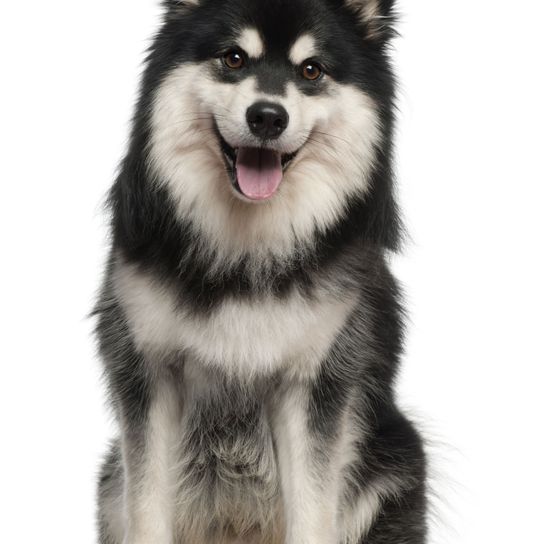
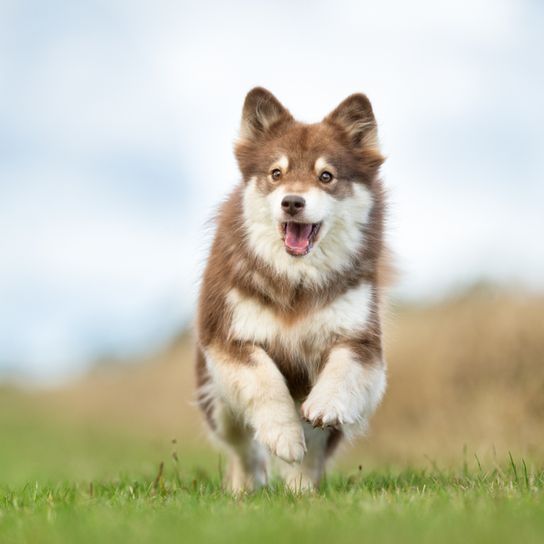
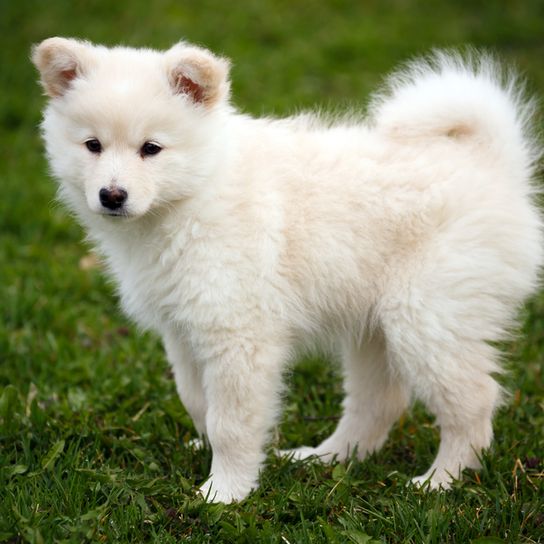
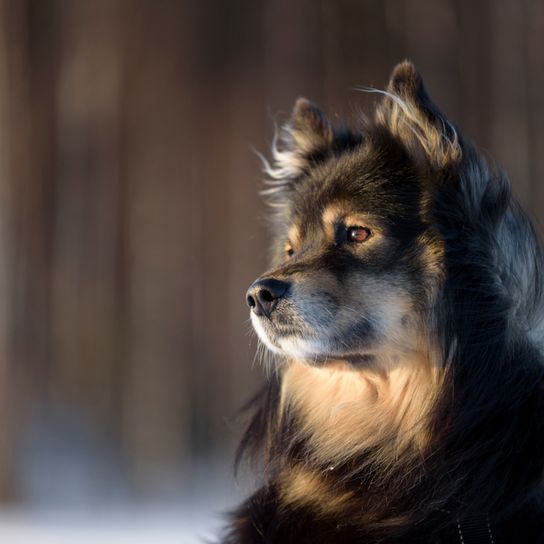
| Alternate Name | Suomenlapinkoira |
| Origin | Finland |
| Life expectancy | 10 - 15 years |
| Care requirements | high-maintenance |
| Activity level | average to high |
| FCI group | Nordic Watchdogs and Herders |
| AKC group | working group |
| KC group | working group |
Attitude, character and temperament of the breed
Character of the Finn
Due to its origin and past, the Finnish Lapphund is an excellent working dog. However, it is also people-oriented. It accepts all members of its family without reservation. It reacts very friendly to people. These are characteristics that clearly distinguish it from other herding dogs. It shows himself very sensitive. Thanks to its past, the Suomenlapinkoira presents itself as an independent and very intelligent dog.
The Suomenlapinkoira is a dog that loves sports.
The Finn needs people who do exercise with him. It will be a faithful companion when you go cycling, horse riding or hiking. It loves activities like mantrailing. Here it can prove its intelligence and its will to work. In the dog sport Agility the Finnish Lapponion Dog is just as active as in the tracking. Important for this dog is the proximity of its humans. It wants to experience its sport together with the whole family. It is an excellent family dog and therefore a loyal companion. It is always friendly with children and sometimes even shows itself to be caring and helpful. It will accept and love all family members.
The Suomenlapinkoira loves wind and rain
A cozy family will not be happy with this dog. Finnish Lapponion Dog needs enough physical and mental exercise, in all weathers. If it does not get this, it can lead to undesirable behavior and become extremely unpleasant. The Finnish Lapponion Dog likes to bark. This can get out of hand in some circumstances. However, with proper training and sufficient activity, you can get a good handle on this. This dog is used to making its own decisions. You must therefore be extremely consistent with a Finnish Lapponion Dog puppy. However, a lot of feeling is required. Finns are extremely sensitive. Yelling at the Lapponion dog would be fatal. It will then refuse to cooperate. People who want to buy a Finnish Lapponion Dog should be aware of this.
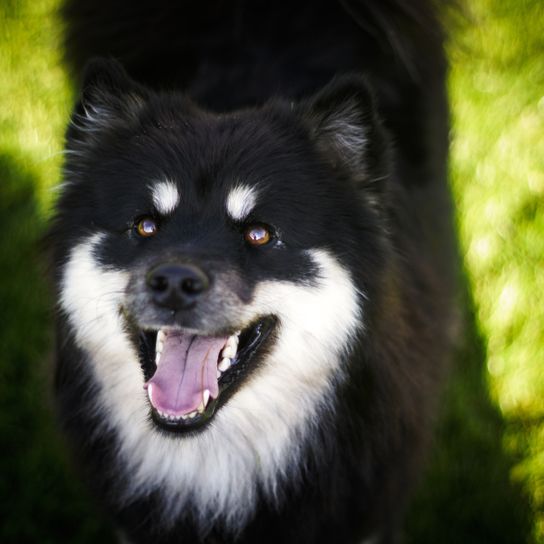
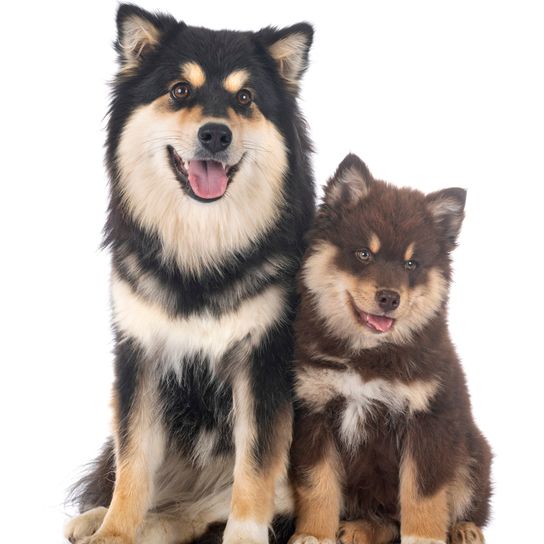

The Suomenlapinkoira has hardly any predisposition for hereditary diseases. It is only susceptible to PRA - a hereditary eye disease. It can lead to blindness. A genetic test can bring security here.

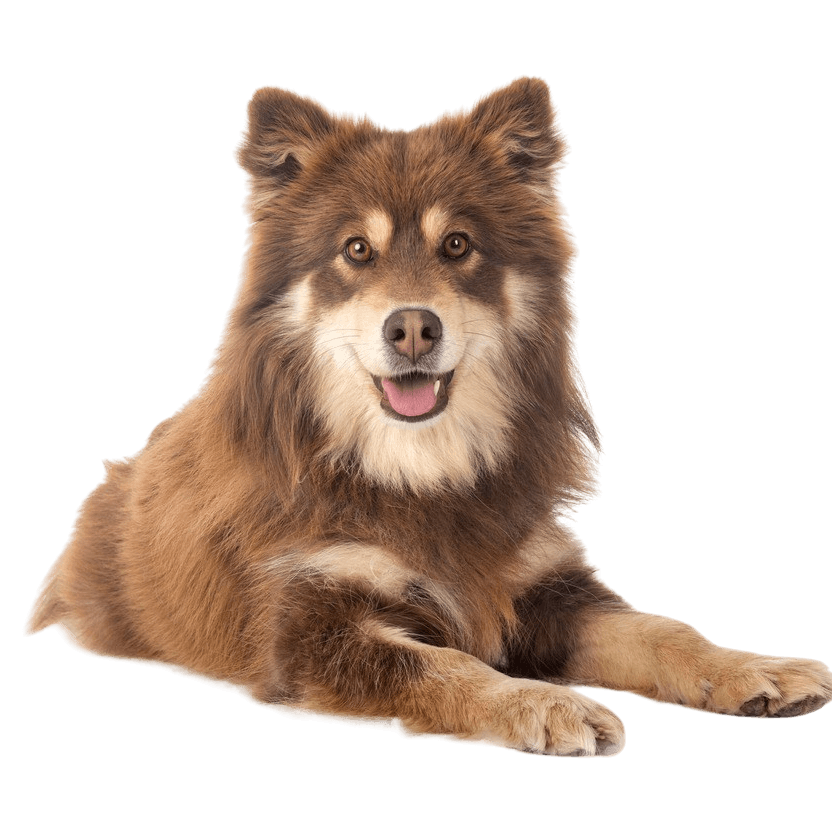
The breeding standard of the Finnish Lapponion Dog
Visually, the Suomenlapinkoira is often mistaken for the Spitz at first sight. It is medium sized and strongly built. The stature and the coat immediately suggest a dog from the far north. The body length of the Lapphund exceeds its height at the withers. Bitches should reach a measurement of 44 centimeters. Male dogs should have a height of 49 centimeters. Three centimeters above or below this height are tolerated in breeding. In weight, these dogs should range between 12 and 15 kilograms.
The coat of the Finn
The most distinctive feature of the Lapponion is its coat. It is very dense and long. At the paws and at the head, however, the fur is clearly shorter. With the males a mane is not rarely recognizable. The coat consists of a very fine and dense undercoat. Over it the long top coat lies close. It is resistant to all weather conditions and offers the dog excellent protection against wind and rain. Even cold water cannot harm this dog. The Finnish Lapponion Dog is known for its variety of colors. When it comes to color, the base color must predominate. Otherwise, all color variations are allowed. Possible colors and combinations are:
- Black
- Brown
- Cream
- Brown and Tan
- Black & Tan
- Agouti
- Wild brown
- Sable and
- Domnino.
The very mobile ears of the Suomenlapinkoira must be erect or semi-erect. Its eyes must be of dark colour. The tail is carried over the back. However, it may also hang down.
The Finn is robust. The Finnish Lapponion Dog reaches an age of up to 15 years. Thereby it shows himself extremely robust. This is probably also due to its past.
| Fur length | long |
| Fur | flat coated |
| Ear shape | Standing Ears |
| Tail | rolled up |
| Anatomy | strong, sporty |
| Size ♀ | 41 - 47 cm |
| Weight ♀ | 15 - 24 kg |
| Size ♂ | 46 - 52 cm |
| Weight ♂ | 15 - 24 kg |
| Suitable For | Beginner, Children, Seniors |
Colors


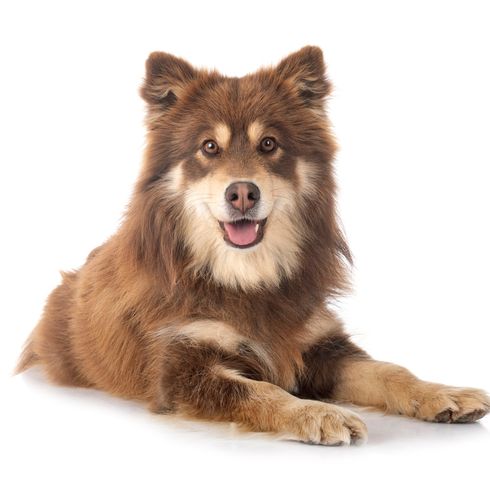
Known Diseases
Progressive Retinal Atrophy (PRA)
Progressive retinal atrophy (PRA) is a slowly progressive death of the retina in dogs.


